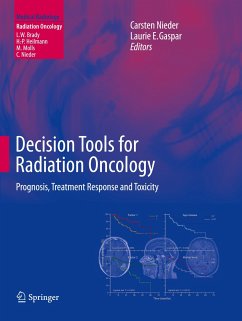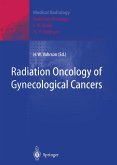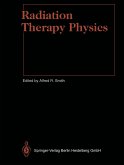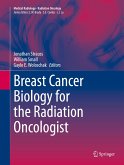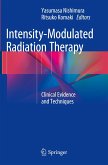A look at the recent oncology literature or a search of the common databases reveals a steadily increasing number of nomograms and other prognostic models. These models may predict the risk of relapse, lymphatic spread of a given malignancy, toxicity, survival, etc. Pathology information, gene signatures, and clinical data may all be used to compute the models. This trend reflects increasingly individualized treatment concepts, the need for approaches that achieve a favorable balance between effectiveness and side-effects, and the goal of optimal resource utilization reflecting prognostic knowledge. In order to avoid misuse, it is important to understand the limits and caveats of prognostic and predictive models. This book provides a comprehensive overview of such decision tools for radiation oncology, stratified by disease site, which will enable readers to make informed choices in daily clinical practice and to critically follow the future development of new tools in the field.>
"The textbook 'Decision Tools for Radiation Oncology' represents a laudable international effort in updating practicing clinicians as well as clinicians-in-training on the novel developments in the field of radiation oncology with a special focus on decision tools and nomograms, bringing data on new biomarkers and novel imaging techniques, and teaching the readers how best to incorporate various patient and tumor-specific characteristics into the discussion of radiation therapy benefits and shortcomings." (Timur Mitin, Journal of Radiation Oncology, Vol. 4, 2015)

